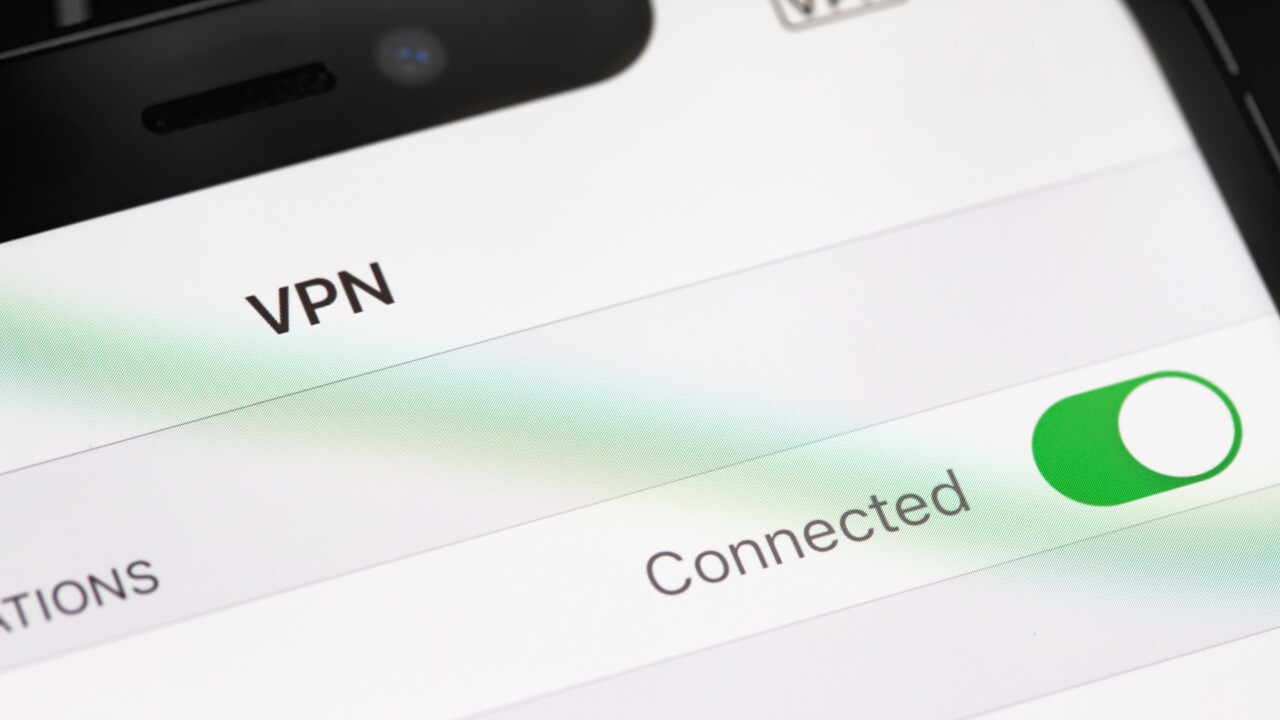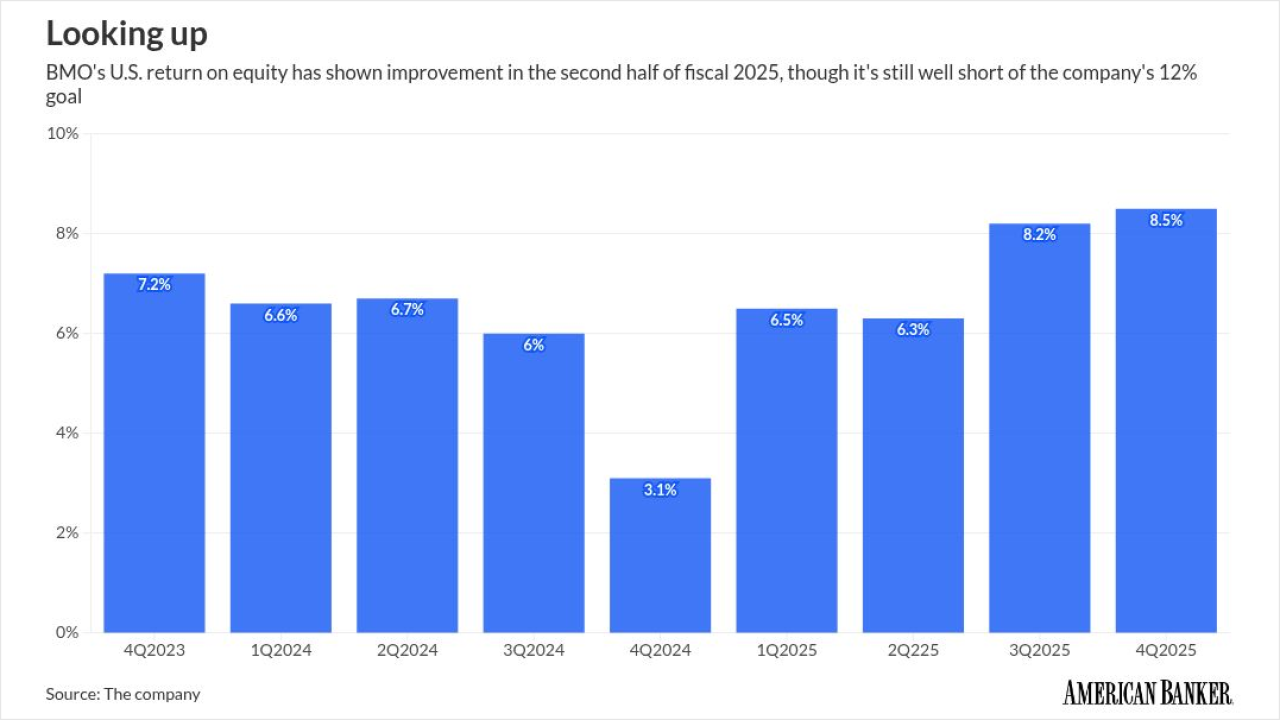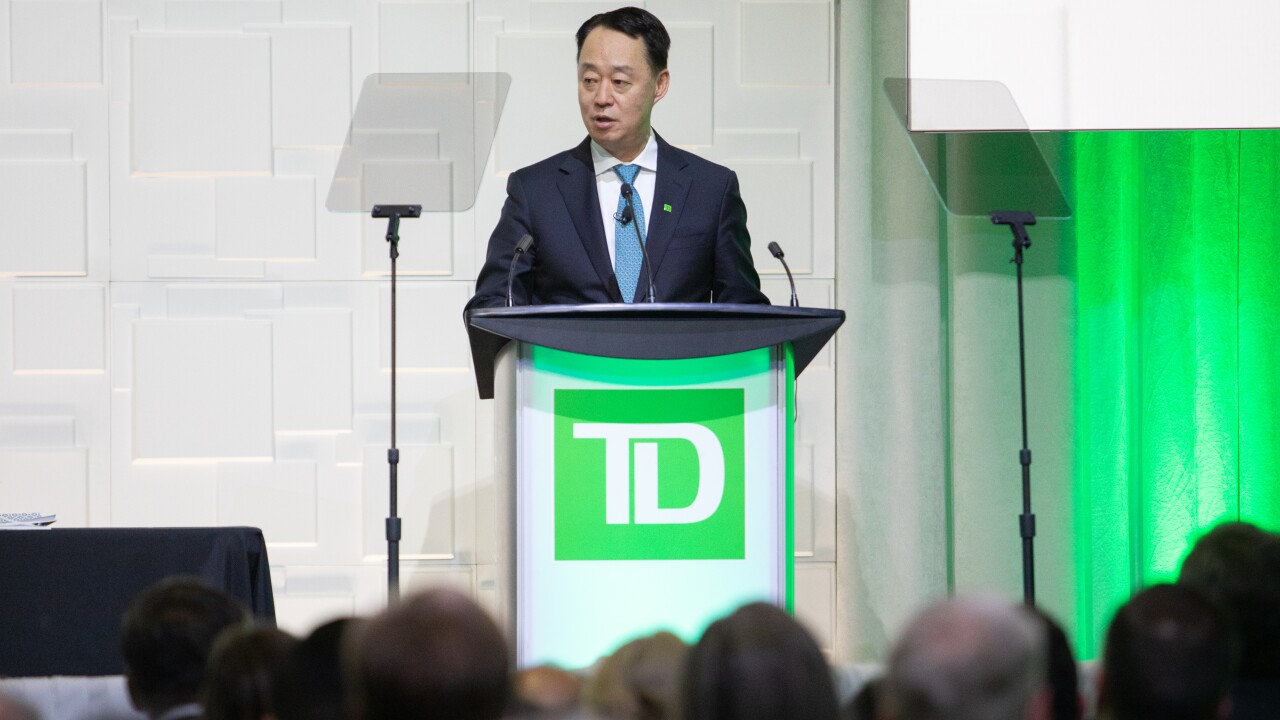
Thirty-six trillion dollars. That's the
Adding fuel to the fire, the rise of
It's time for the U.S. to adopt a decentralized approach, which I will refer to as the "federated" digital dollar model. This would be a collaborative approach that combines the strengths of the central bank, commercial banks and technology companies while upholding the core values of privacy, interoperability, autonomy and trust — the pillars of a resilient financial system.
Before we try to understand what a decentralized digital dollar model entails, it's crucial to first understand the concept of digital currency — specifically the digital dollar — and the corresponding centralized digital dollar system.
A digital dollar is a central bank digital currency, or CBDC, representing a digital form of the U.S. dollar. In the centralized model currently under discussion, the Federal Reserve would issue, regulate and manage the digital dollar on a centralized blockchain — a modern database system enabling real-time transactions. Unlike traditional cash, a digital dollar introduces programmability, unlocking a range of potential benefits.
For central banks, a digital dollar can enable centralized, real-time distribution and precise control over money supply — a gold standard for monetary policy. For citizens, it offers a faster, cheaper and direct mode of financial transactions, significantly reducing the role of intermediaries such as commercial banks. Technologically, a digital dollar minimizes risks of theft and loss as every transaction is digitized and recorded. However, such a fully centralized system raises serious concerns.
In such a system, the central bank will be solely responsible for fund management and distribution, taking over services traditionally provided by commercial banks such as mortgages, investments and account management. This concentration of power raises serious concerns about centralized surveillance, loss of privacy and the lack of independent regulatory oversight for a government-controlled entity. On top of that, putting all financial records and services under one centralized authority, i.e., the central bank, makes such a system a prime target for cyberattacks. A single breach could disrupt an economy worth
The U.S. must adopt a decentralized approach — the federated digital dollar model — creating a unified financial system designed to address the challenges of centralization.
While proponents of a central bank digital currency tout modernity and financial inclusion, House Financial Services Committee members of both parties fear lending could suffer under a digital dollar and are wary of handing the Federal Reserve even more power.
At its core, this model can be built on four key components: central banks, commercial banks, technology companies and the underlying technology — a distributed blockchain-based framework. The central bank would issue the digital dollar but would not interface directly with end users. Instead, it would rely on commercial banks to act as intermediaries, to provide essential services like loans and account management, preserving their role and reducing operational burdens on the Federal Reserve. This proposed hub-and-spoke structure allows the Federal Reserve to oversee transactions securely while reducing operational burden and eliminating single-point failures.
You might wonder: How will the dollar be digitized under such a decentralized model?
In this mode, technology companies will build the infrastructure needed to digitize the dollar — specifically, a private distributed blockchain system that will be jointly managed and used by the Federal Reserve and commercial banks. This means each financial transaction will be recorded, validated, and stored across multiple physical entities — federal and commercial banks — each operating under separate network and physical locations. This decentralized setup makes transactions nearly impossible to alter. Compromising such a system would require a hacker to breach more than 50% of these banks within an extraordinarily short time frame — mere microseconds — a feat almost impossible for even a seasoned hacker.
Additionally, technology companies will assist commercial banks in transitioning from the outdated SWIFT system to a modern blockchain-based framework, enabling real-time cross-border payments and interoperability with
While the federated digital dollar model addresses many of the risks associated with centralized digital currency systems, its timely implementation is critical to ensuring that the U.S. transitions effectively to a digital currency while preserving global economic dominance.
Nearly
Now is the time for federal banks, commercial banks and technology companies to unite and protect America's leadership in the global economy.






